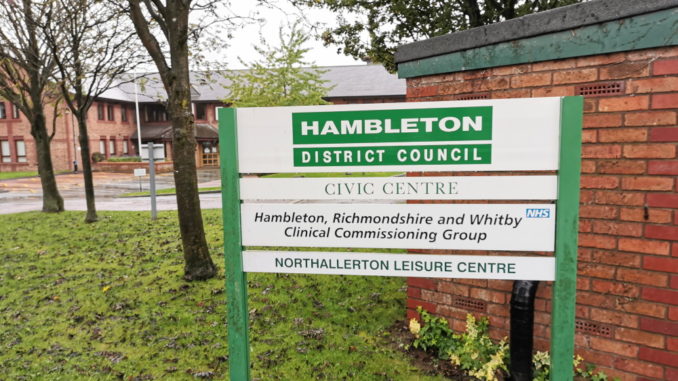
Air quality in Hambleton is some of the cleanest in the country, council officials say.
According to Hambleton District Council, last year the nitrogen dioxide (NO²) levels fell by between 14per cent and 45 per cent compared to 2019 levels.
Officers say this reduction is in part due to the ban on non-essential travel during the Covid pandemic, but the improvement in car technologies and a reduction of the number of older polluting vehicles on our roads has seen a year on year decline across the district between 1993 and 2019.
Air pollution is a mixture of harmful gases and particulates in the air that we breathe.
Experts say that although we can’t always see it, taste it or even smell it, regular exposure air pollution could result in serious effects on our health.
While there are many different sources of air pollution including industrial emissions, open fires, log burners, construction and agriculture, the biggest source of outdoor air pollution in Hambleton comes from vehicle exhaust gases.
Nitrogen dioxide is a gas that is mainly produced during the combustion of fossil fuels and is mostly attributed to vehicle emissions in particular older diesel vehicles.
Hambleton District Council has monitored NO² levels since 1993, and one of our key objectives is to ensure air quality objectives are not exceeded, and air quality remains high across the entire district.
“Air quality in Hambleton is for the most part very good and meets the national standards” said cabinet member, Councillor Stephen Watson.
“It is important that we all take action to keep our air clean and continue to improve air quality.
“Walking, cycling, car sharing and using public transport will help to keep levels low and will also help us stay active and benefit from the improved air quality. Moving to cleaner and sustainable heating systems, electric or hybrid vehicles and actively reducing emissions will help reduce air pollution and ensure our air quality continues to improve.”
Tomorrow – 17 June – is Clean Air Day, led by Global Action Plan.
It brings together communities, businesses, schools and the health sector to improve public understanding of air pollution and build awareness of the effects of air pollution on health.
Further information is available from cleanairday.org.uk/ and gov.uk/government/publications/air-quality-statistics/ntrogen-dioxide


Be the first to comment